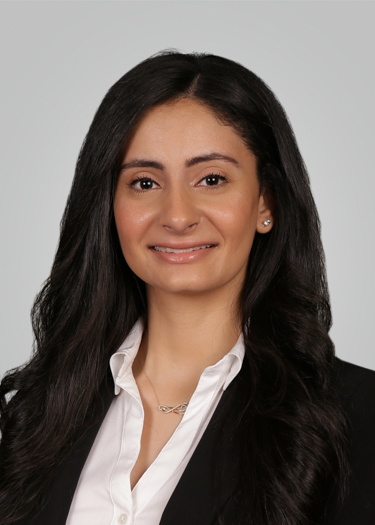
The percentage of female residents in anesthesiology is at its lowest point since 2013 and that needs to change, according to new research led by an OUWB medical student.
“The underrepresentation of women and ethnic minorities in anesthesiology” recently was published in the Journal of the National Medical Association, the official journal of the National Medical Association.
Lead author was Anna Jahshan, an M4 at OUWB. Co-authors were Mariam Aoun and Antonio Dekhou, both M4s, and Adam Folbe, M.D., Otolaryngology-Head & Neck Surgery at Beaumont Hospital, Royal Oak.
The study found female trainees comprised up to 36 percent of trainees in 2013 — and that the number had fallen to 33 percent by 2019, according to numbers from the Journal of American Medical Association (JAMA) annual reports.
“Although this may not seem to be a major decline, it nevertheless raises concern that these numbers should be trending in the opposite direction, given the positive trend in female students over the same period,” states the published report.
The study notes that according to recent stats from the American Association of Medical Colleges, women outnumber men in the age group of under 34 in most demographic categories.
“Given the increase in the proportion of women among the physician workforce, there should be a concomitant increase in the female representation of anesthesiology as well,” the report states.
 | |
| Jahshan | |
 | |
| Jahshan |
Jahshan, who plans to specialize in anesthesiology, said she noticed from her own experiences that seemed to be a lot more males than females in anesthesiology. That prompted her to look deeper.
“There weren’t any papers discussing anesthesiology residents,” she said. “I feel like they represent the next generation of physicians so I felt it was important to learn more about it.”
The study she led looked at self-reported data collected in JAMA on graduate medical education for the years 2013-2019. Statistics show an overall decline in the number of female residents in anesthesiology.
The study notes there are several reasons for gender disparity within anesthesiology, “including unsupportive work environments, childcare responsibilities, and active discrimination against women.”
“With an up-trending representation of women in medical school, it is important that we raise awareness of these issues to see a change in a positive direction in the field of anesthesiology,” the authors write.
Jahshan said she feels the trend needs to change, which is why she wanted to call attention to the issue.
“If you’re serving a diverse population, you should have a diverse group of people who are serving that population,” she said.
Jahshan said it’s important to note that the research found the disparity isn’t limited to anesthesiology residents, but also exists in faculty and administrative positions related to the specialty.
Further, the study found similar disparities exist for Black, Hispanic, and other minorities.
“This pattern requires further investigation and significant action on an institutional level to help mitigate the disparate treatment toward women and underrepresented minorities in anesthesiology and to ultimately correct the declining trend,” concludes the study.
Jahshan hopes publication of the study helps raise awareness of the issue and helps push program directors to recruit more people with diverse backgrounds.
She also wants females and minorities already in the field to be aware of the disparities so that they might consider reaching out to their younger counterparts — similar to the way Jahshan said she met a female anesthesiologist during her surgery rotation.
“When you look at the numbers you ask yourself…’Can I do it? Why aren’t there many females? When I look up these different residencies why am I seeing five males and one female?’” says Jahshan. “But when I worked with a female anesthesiologist, I was able to see that it is possible, and that I can do it.”
For more information, contact Andrew Dietderich, marketing writer, OUWB, at adietderich@oakland.edu.
To request an interview, visit the OUWB Communications & Marketing webpage.
NOTICE: Except where otherwise noted, all articles are published under a Creative Commons Attribution 3.0 license. You are free to copy, distribute, adapt, transmit, or make commercial use of this work as long as you attribute Oakland University William Beaumont School of Medicine as the original creator and include a link to this article.

